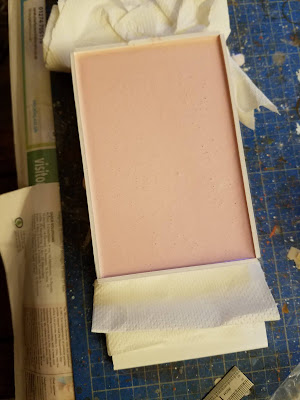It has long been a self-indulgence of mine to write an extensive post at the end of each year outlining in completely unnecessary detail things, mainly cultural, that I have done. For reasons that I don't need to explain I find that this time around I can't be arsed. A year ago I summed up 2019 by saying that it had been, as I had predicted, worse than 2018. I make no claim that I extended that to forecast a miserable 2020 as well. Still, Trump lost - several times in fact - so it wasn't a complete wash out.
When I looked back at my diary I was rather surprised at how much I had actually done in the circumstances, although oddly enough I seem to have read fewer books that the previous year. I played nine wargames - none since March 2nd - and traditionalists will be pleased to note that one of them was Sidi Rezegh.
Quite a few two player boardgames have hit the table at the Casa Epictetus. Conscious that I haven't suggested a boardgame in quite a while can I point you towards Targi, which I highly recommend to those whose bubble only includes only one other (*); and it's even better with the expansion.
Of course many people have left us this year. One to whose music I have been listening a lot since he died is John Prine. So let's wrap up the year by listening to him tell us just what he's doing right now:
Peace and love to you all.
* at a time


















































